When your Toyota’s front bumper takes damage, replacing it can feel overwhelming. Costs vary widely depending on the model, material, and whether you choose OEM, aftermarket, or custom. Without a clear understanding of these factors, it’s easy to underbudget or overspend.
Front bumpers are more than cosmetic. They provide protection, support recovery gear, and improve safety on and off the road. Understanding what affects Toyota front bumper replacement cost helps you plan better and make a smarter investment for your 4Runner, Tacoma, Tundra, GX, or FJ Cruiser.

Material Choices
The type of material used for your bumper has a major influence on cost. Lighter materials like plastic are cheaper but less durable, while steel and aluminum are more expensive but provide the strength needed for off-road driving. Your choice should match how you use your vehicle.
-
Plastic: Lightweight, low cost, but limited durability.
-
Fiberglass: More rigid than plastic but prone to cracking.
-
Steel: High strength, better for off-road protection, higher cost.
-
Aluminum: Lighter than steel with decent strength, usually more expensive.
OEM vs Aftermarket vs Custom
The type of bumper you choose also affects the price. OEM bumpers are factory-made and guarantee fit, but they’re usually the most expensive. Aftermarket bumpers are cheaper and vary in quality, while custom bumpers are designed for durability and long-term performance.
-
OEM (Original Equipment Manufacturer): Factory-standard parts, usually higher price, designed for exact fit.
-
Aftermarket: Often less expensive, wide variety of quality levels.
-
Custom: Built for durability, performance, and style, typically higher cost but better long-term value.
Model and Year Factors
Your Toyota’s model and year impact replacement cost because bumper size, design, and availability differ. Popular models like the Tacoma or 4Runner often have more aftermarket options, while niche vehicles like the GX or FJ Cruiser may cost more due to limited supply. Larger vehicles such as the Tundra may also have higher labor and material costs.
-
Tacoma: Wide availability of bumpers, moderate cost range.
-
4Runner: Higher demand for off-road options, cost varies by design.
-
Tundra: Larger size and weight increase cost.
-
GX and FJ Cruiser: Niche models with fewer bumper options, potentially higher pricing.
Labor Costs
Labor is one of the biggest variables in the total bill. Costs depend on whether you go to a dealership, local shop, or fabricator. Installation can be simple if you’re replacing with a stock-style bumper, but custom upgrades with lighting or sensors take more time and skill.
-
Dealerships: Highest labor rates, premium for OEM parts.
-
Independent Shops: Lower hourly rates, more flexible on aftermarket parts.
-
Fabricators: Skilled in custom installation, cost depends on complexity.
Paint and Finish Costs
A bumper isn’t complete until it matches or complements the rest of your Toyota. Paint and finish work adds to the price and varies based on the level of protection you want. Some owners prefer a simple paint match, while others choose powder coat or textured finishes for added durability.
-
Basic Paint Match: Blending with factory color.
-
Powder Coat: Durable finish, ideal for off-road use.
-
Textured Finishes: Extra protection against scratches and chips.
Extra Components
Modern bumpers often come with added features beyond the shell itself. If your Toyota uses sensors, cameras, or lighting, these need to be integrated during replacement, increasing both labor and parts costs. Choosing to add upgrades during installation also raises the upfront price but can save money over time.
-
Sensors and Cameras: Require proper mounting and calibration.
-
Lighting: Fog lights, LEDs, or mounts add cost.
-
Brackets and Hardware: Needed for proper fitment and support.
Regional Cost Differences
Where you live influences the overall price of a bumper replacement. Labor costs are generally higher in cities than in rural areas, and parts availability can also shift pricing. In regions with a strong off-road community, aftermarket and custom bumpers are more common, which may lower costs compared to areas with fewer options.
-
Urban Areas: Higher labor costs, faster turnaround.
-
Rural Areas: Lower labor rates, but fewer parts in stock.
-
Regional Demand: Areas with strong off-road communities may have more aftermarket options.
When Custom Makes Sense
While custom bumpers cost more upfront, they often deliver better value long term. They are designed to handle demanding conditions, provide recovery points, and improve clearance. For off-road drivers, a custom bumper is often less expensive than repairing damage from a weaker stock bumper.
-
Durability: Handle trail abuse better than plastic or fiberglass.
-
Functionality: Built-in mounts for winches and shackles.
-
Resale Value: A well-built custom bumper adds value to your Toyota.
Getting the Best Value
Toyota front bumper replacement cost depends on many variables, but planning ahead helps you control the final price. While OEM replacements guarantee fit, they often cost the most. Aftermarket bumpers balance price and variety, while custom bumpers deliver the highest performance and long-term value.
At Lil B’s Custom Fabrication, every bumper is built with durability, performance, and clean fitment in mind. Whether you drive a Tacoma, Tundra, 4Runner, GX, or FJ Cruiser, you’ll find bumpers engineered for real-world use, not just factory replacements.
Explore Toyota Front Bumpers at Lil B’s Custom Fabrication.

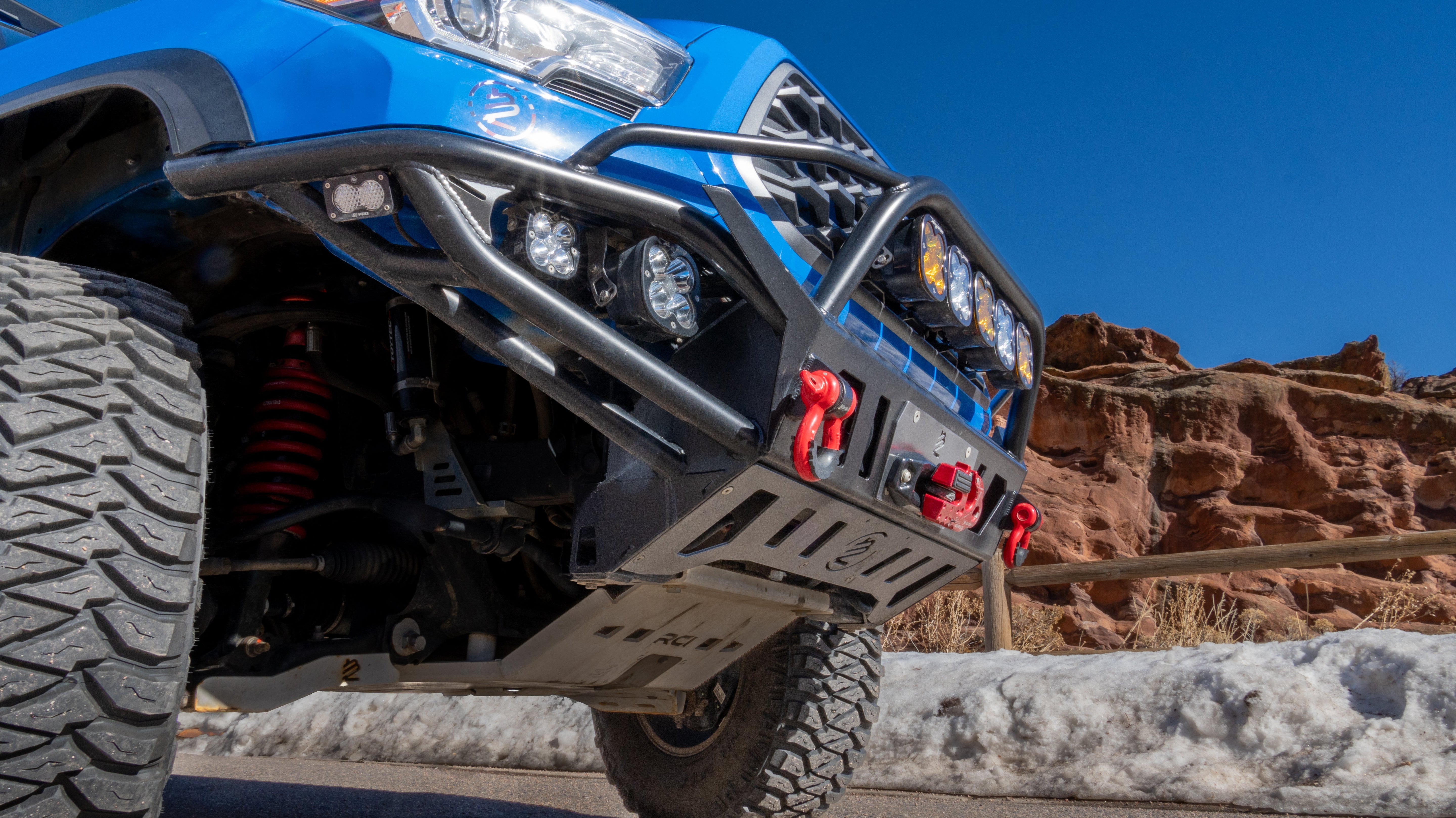
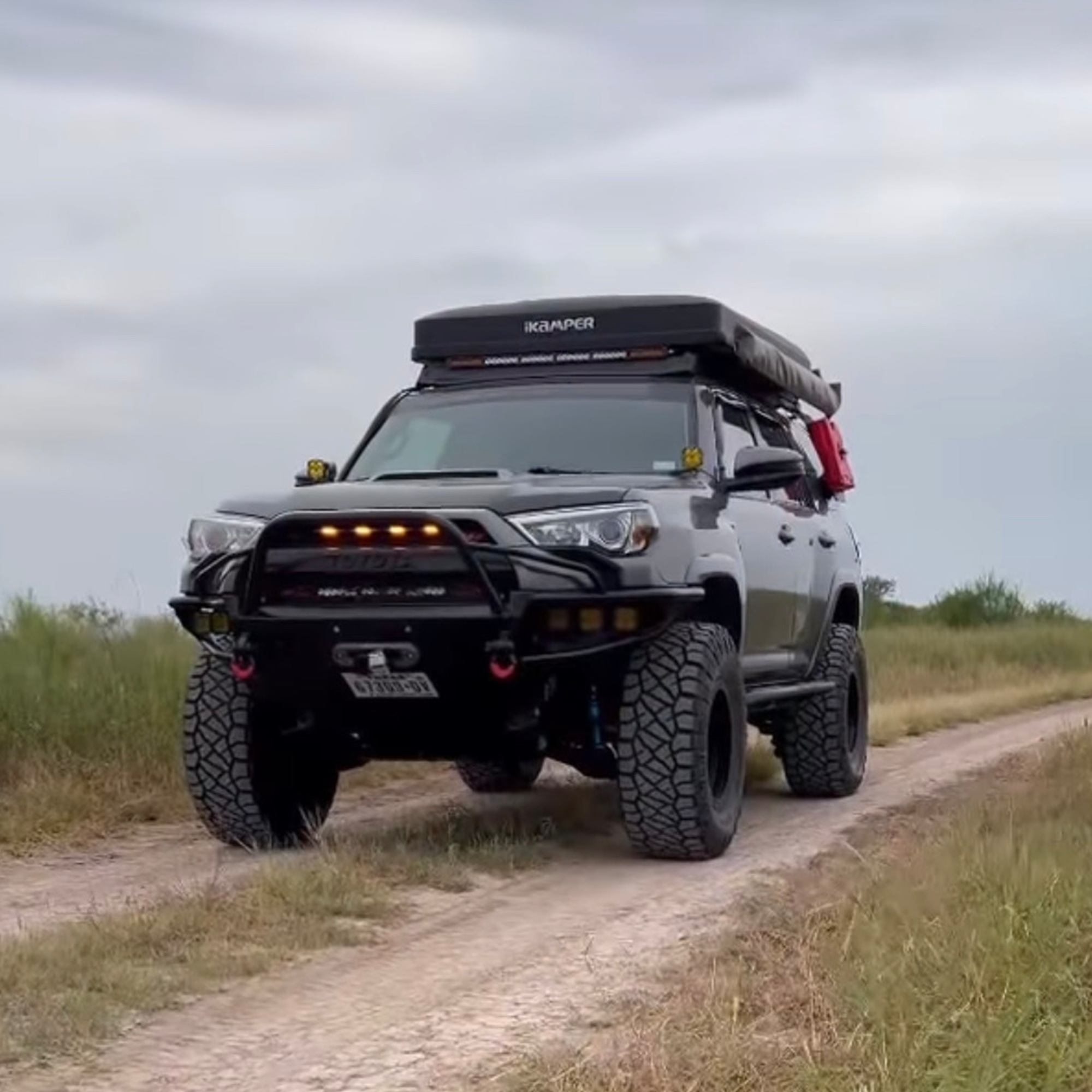
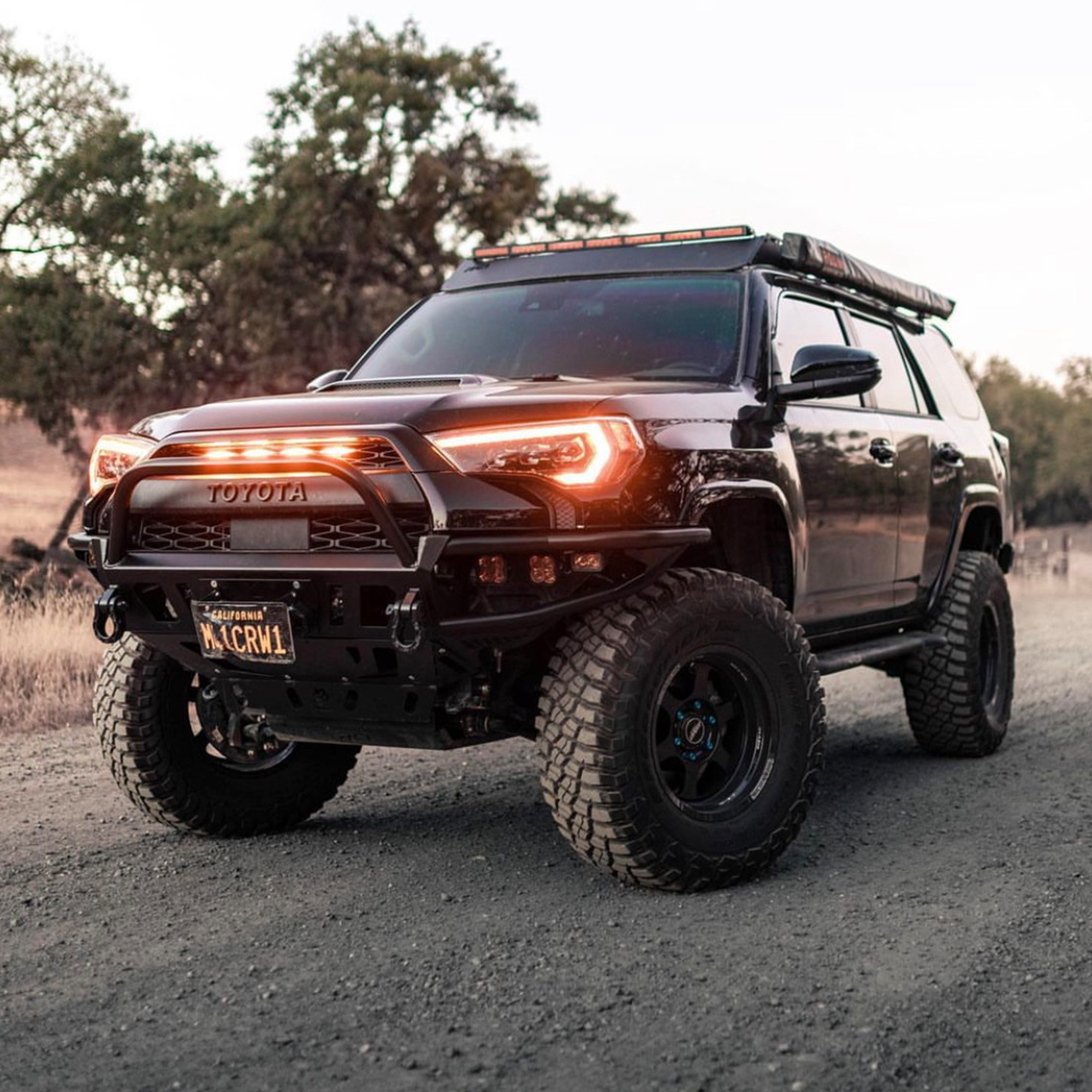
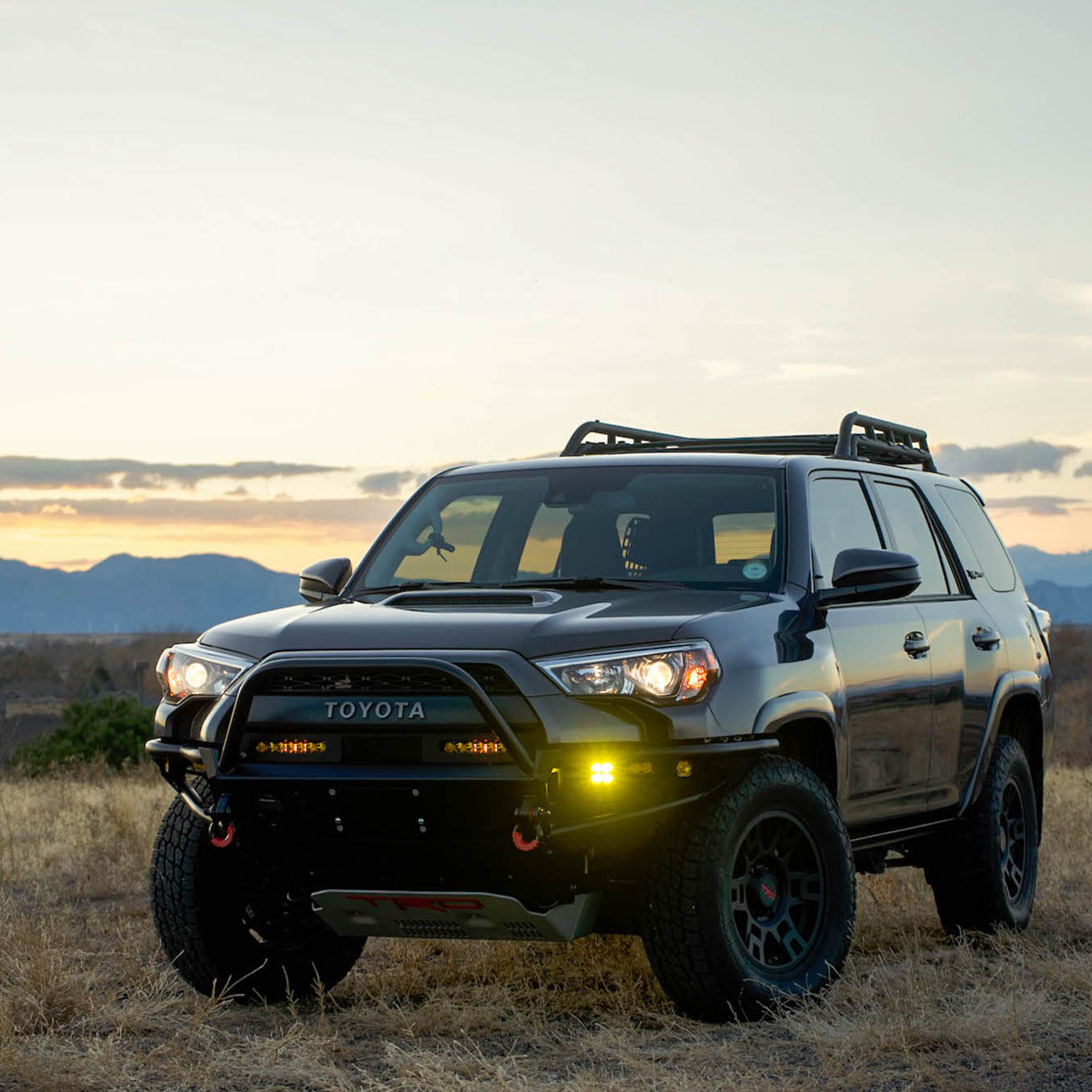
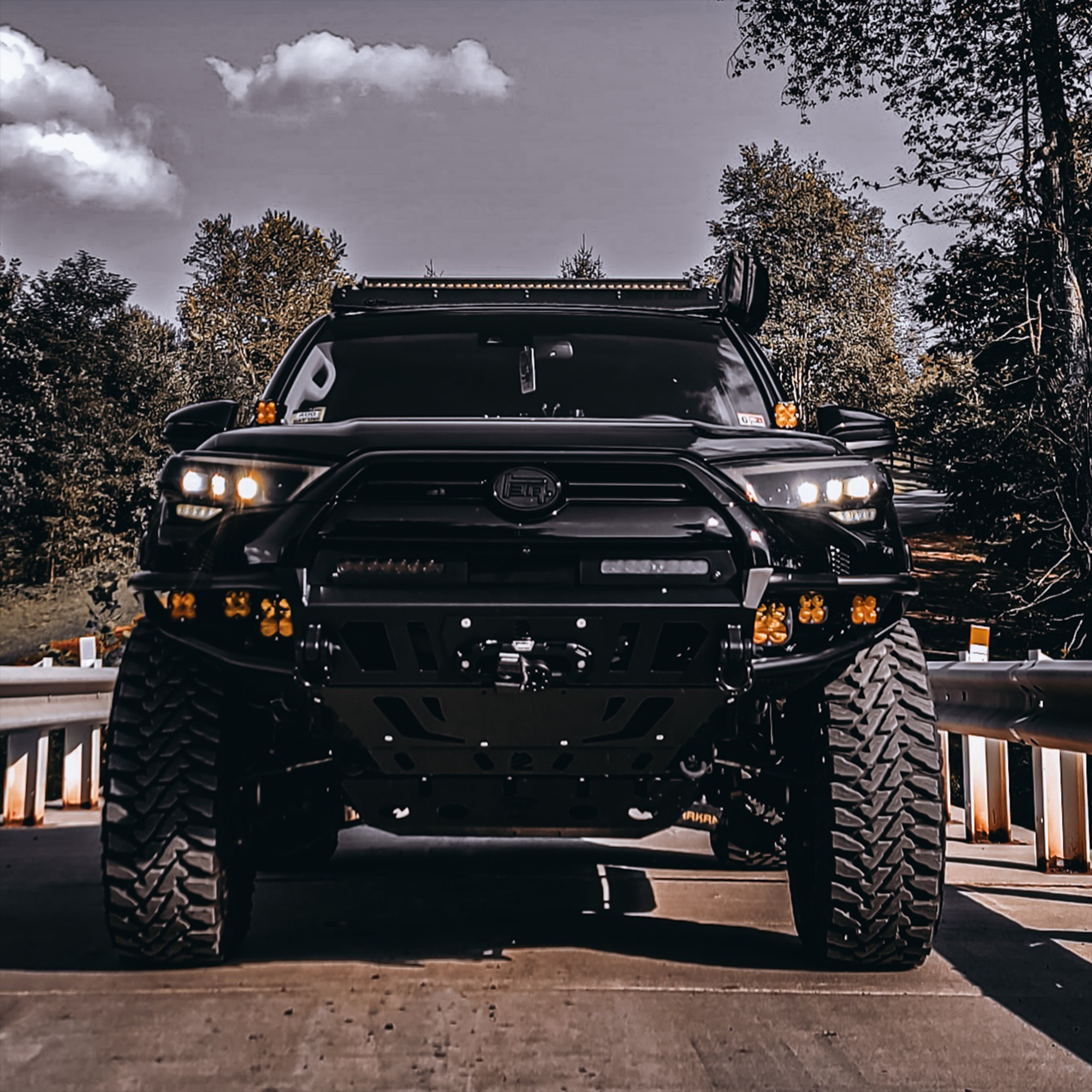
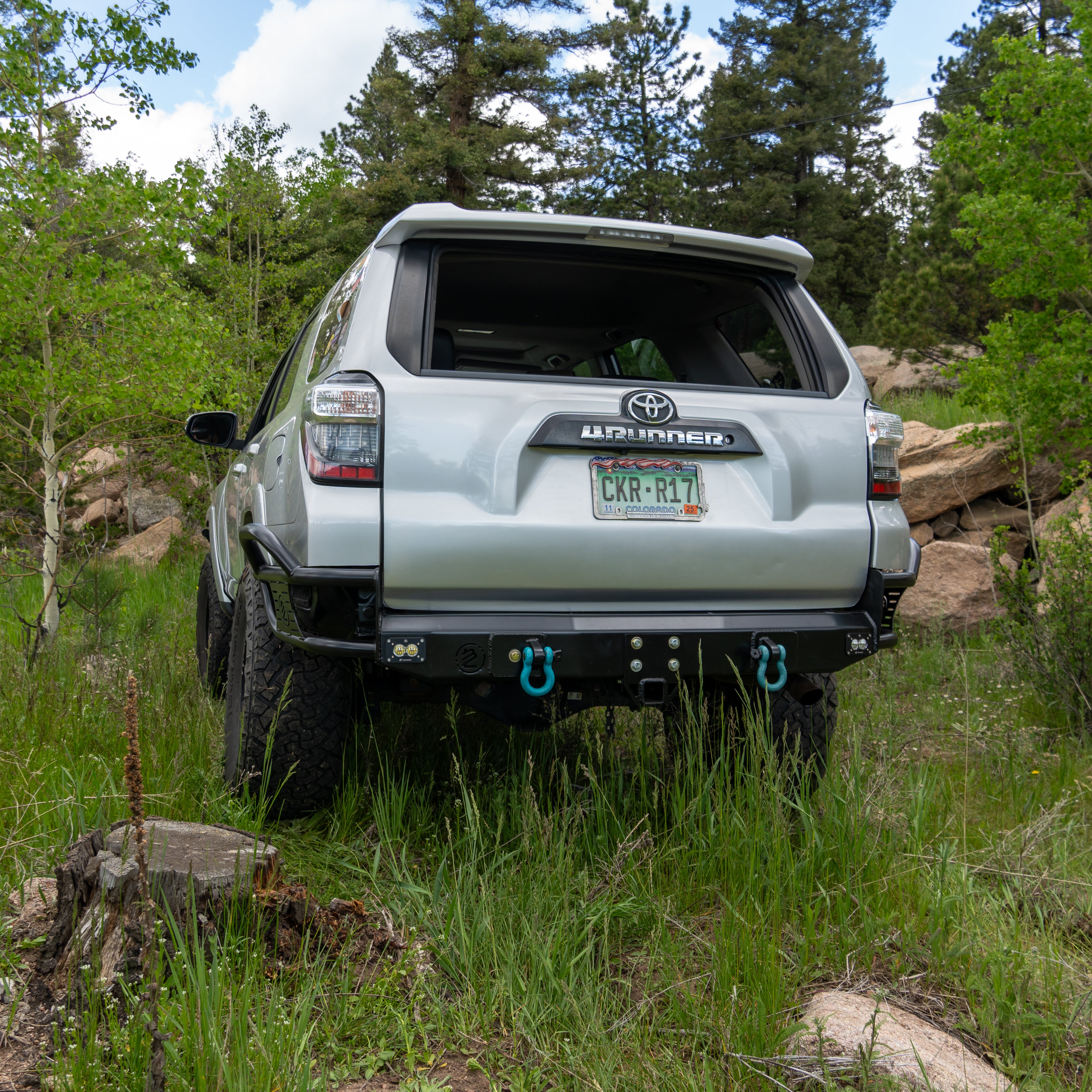
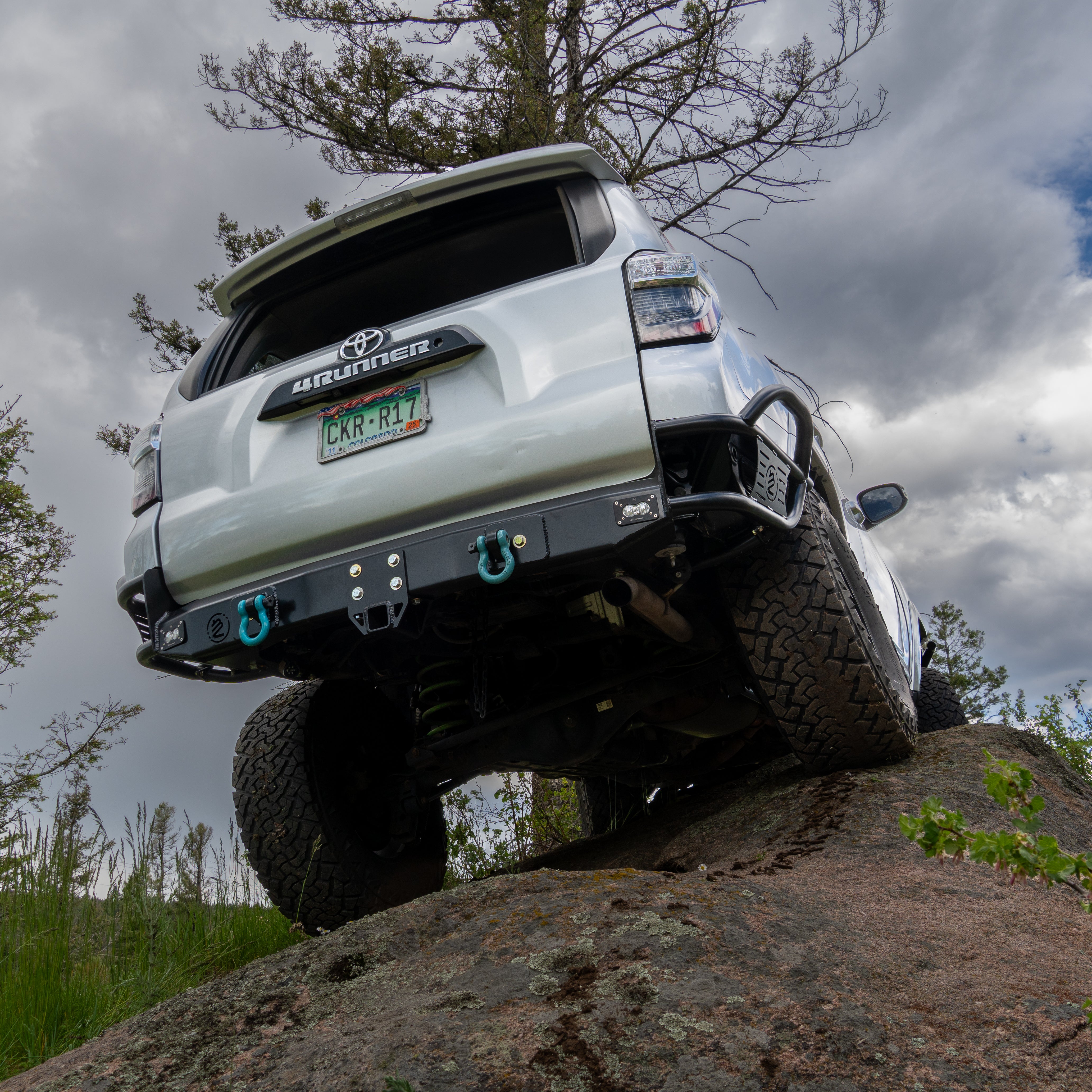
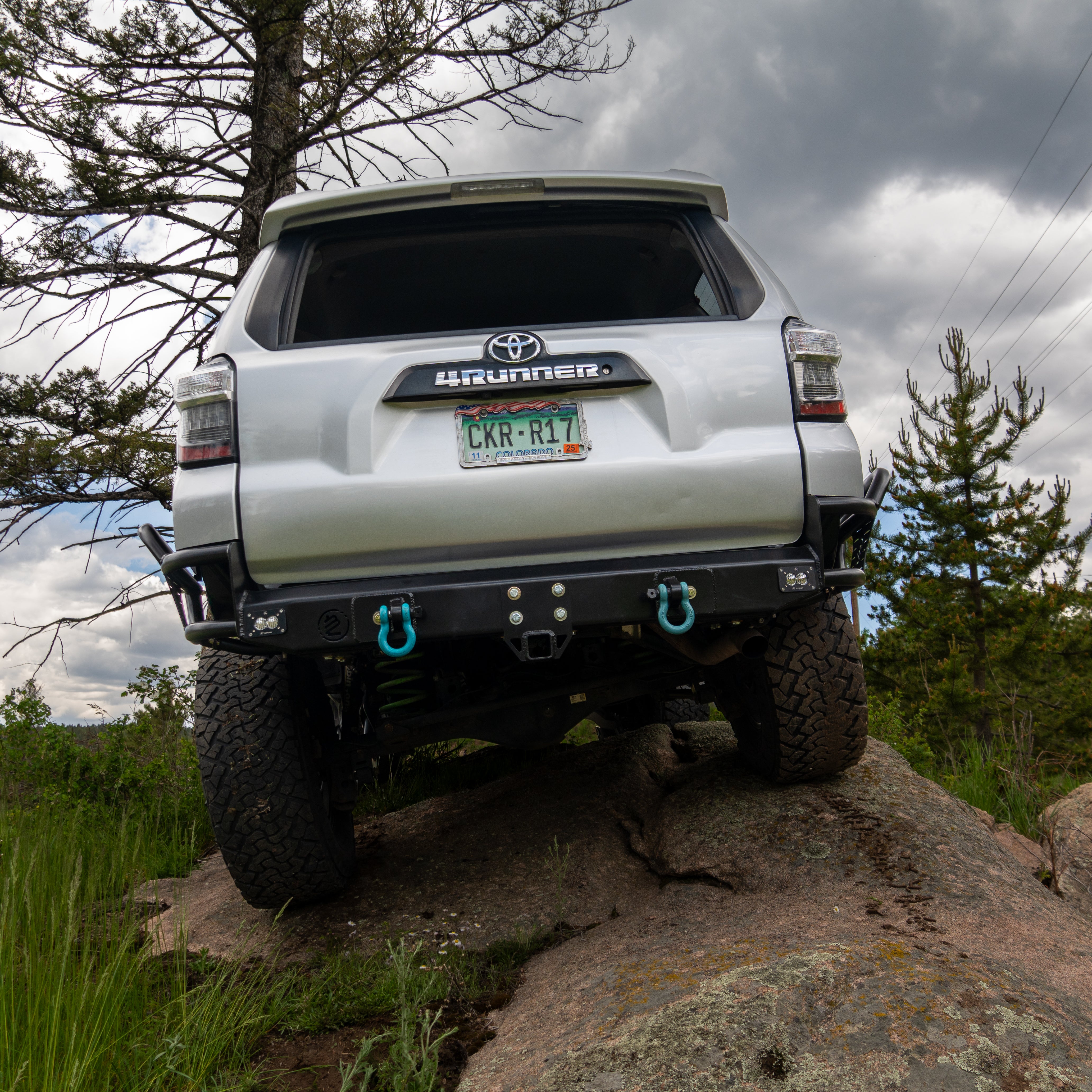
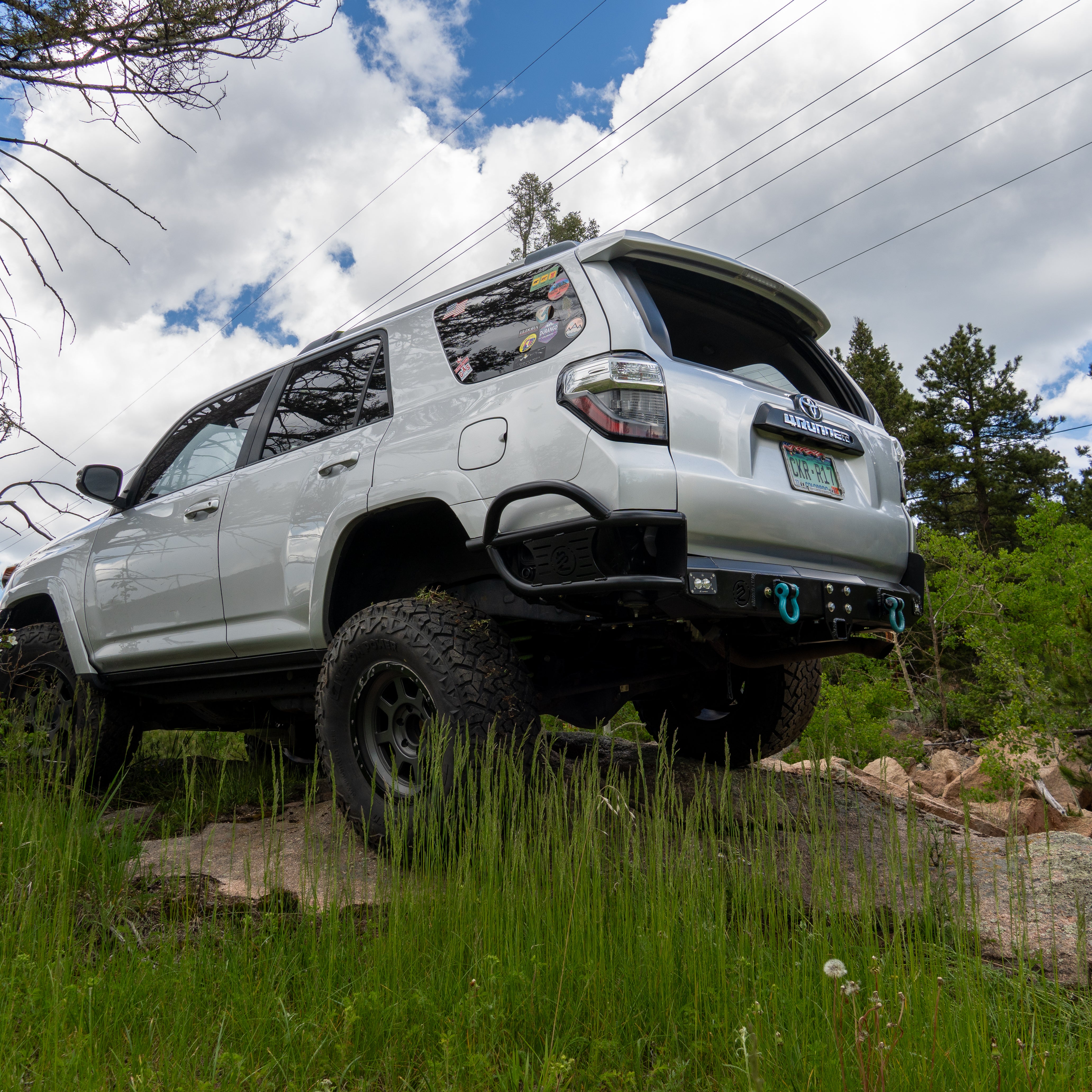
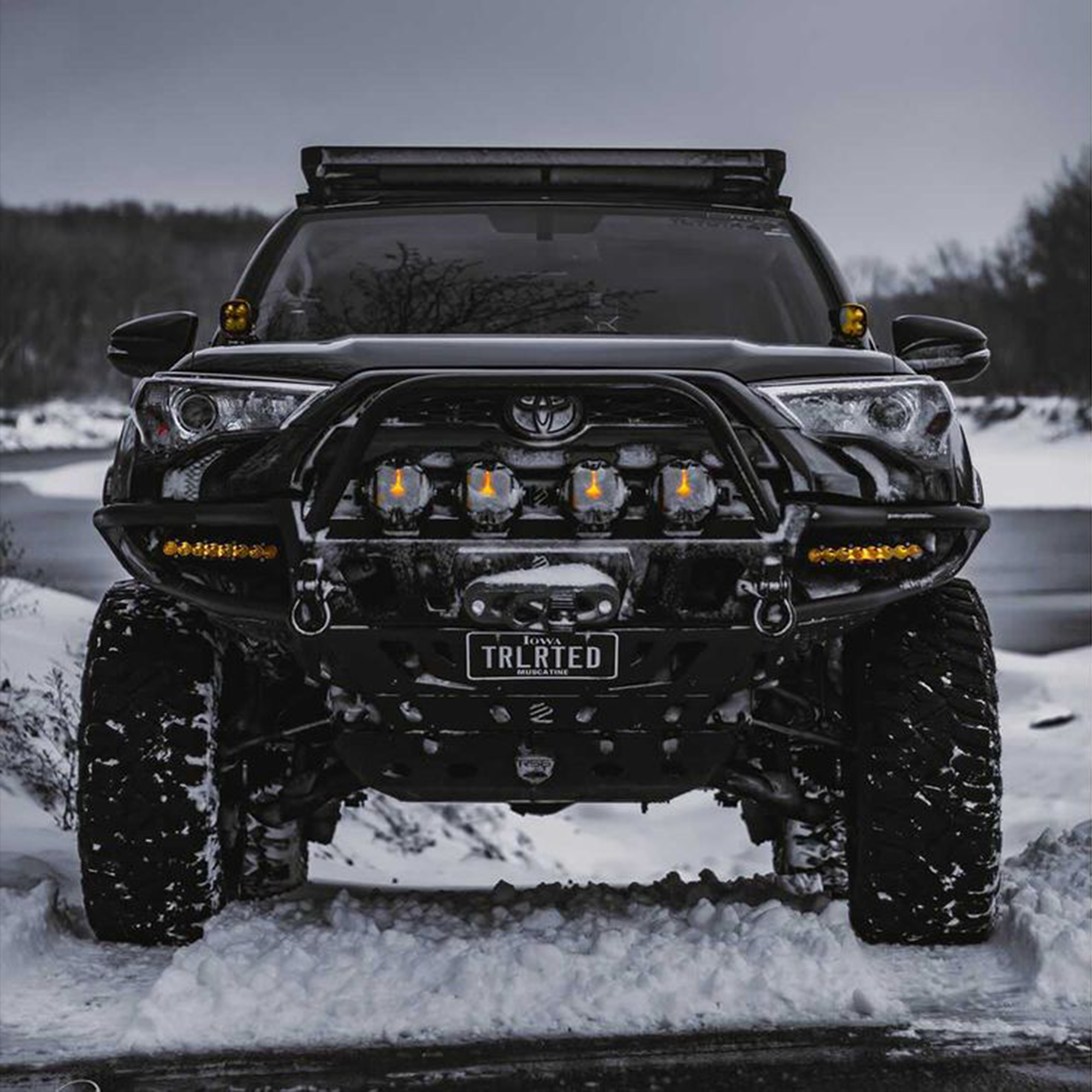
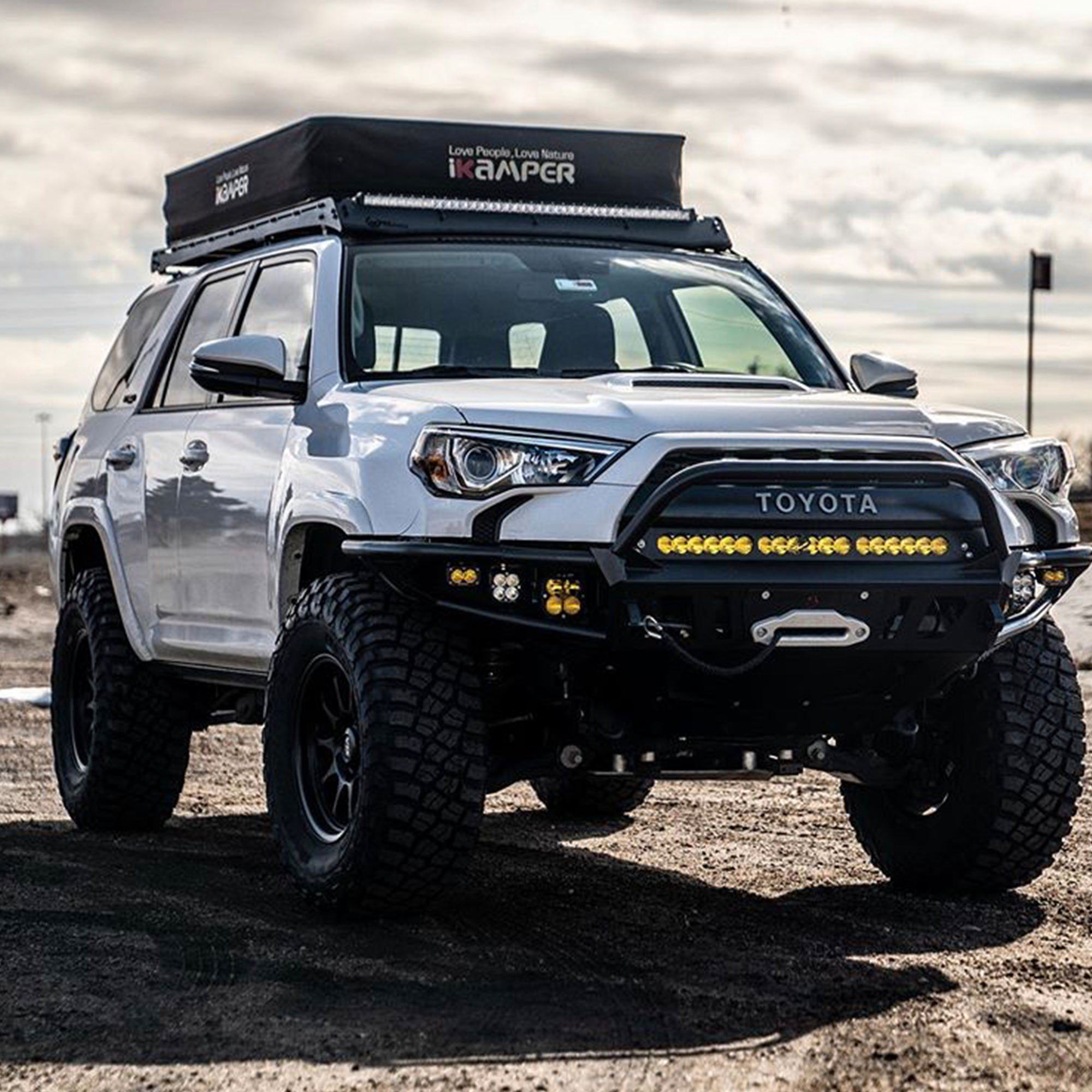
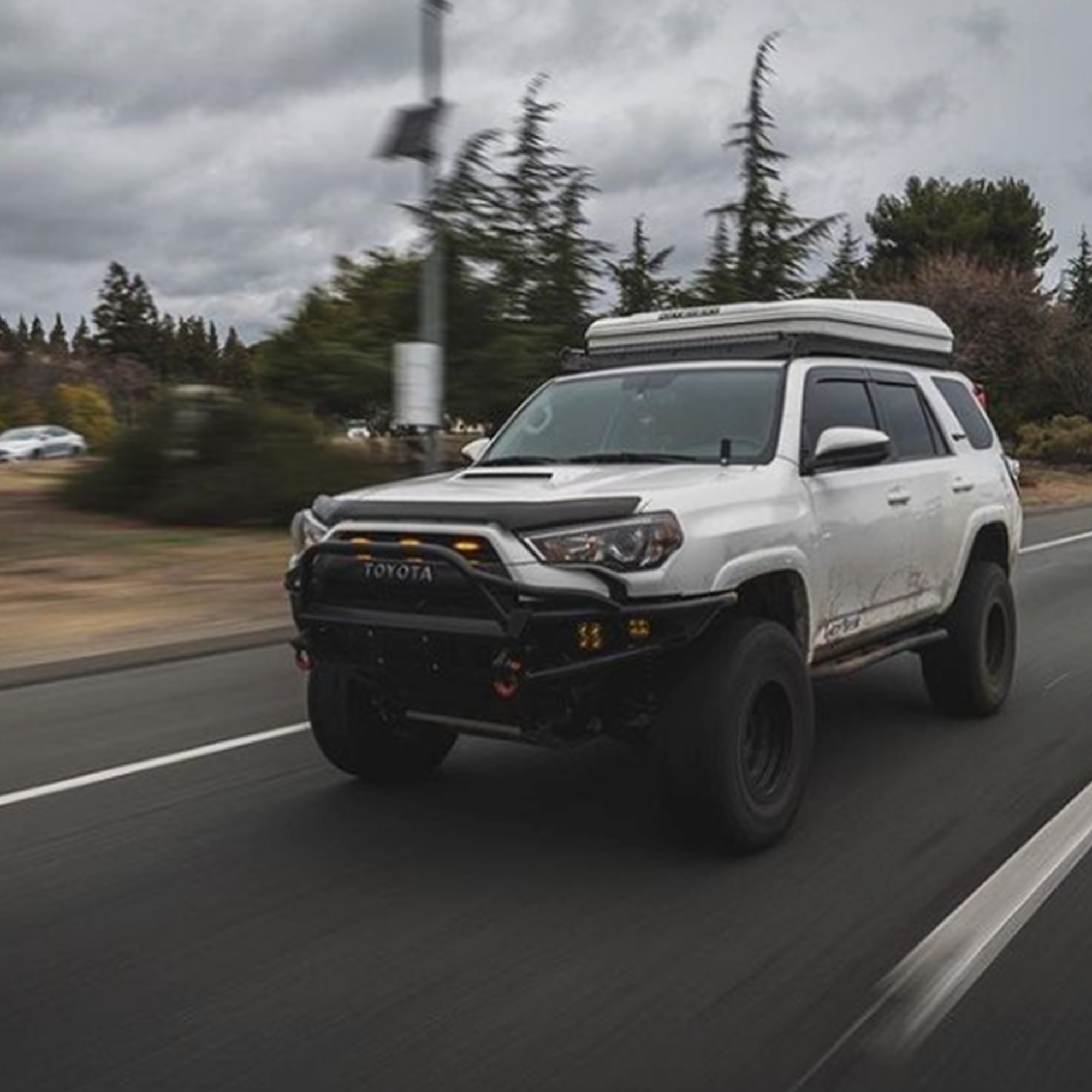
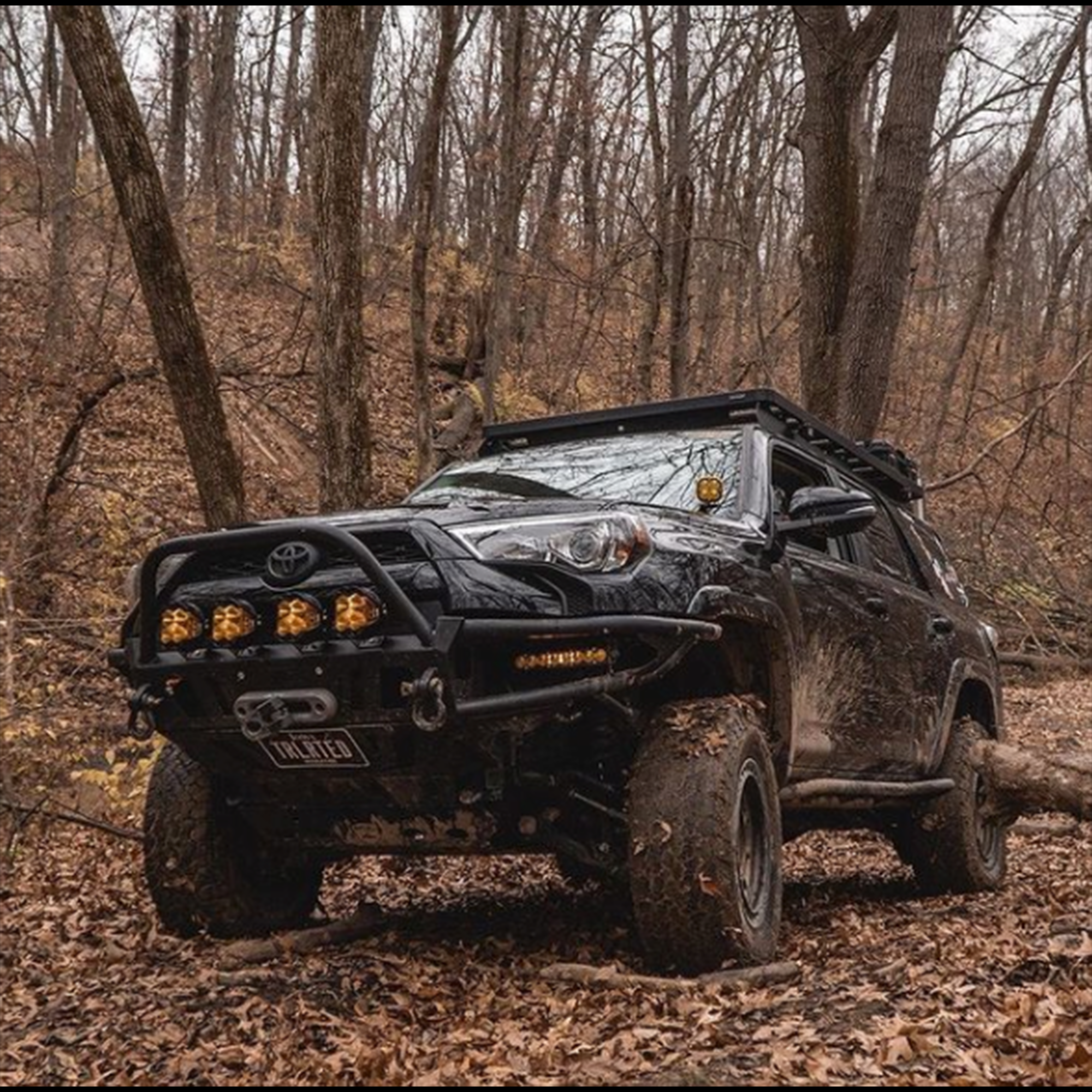
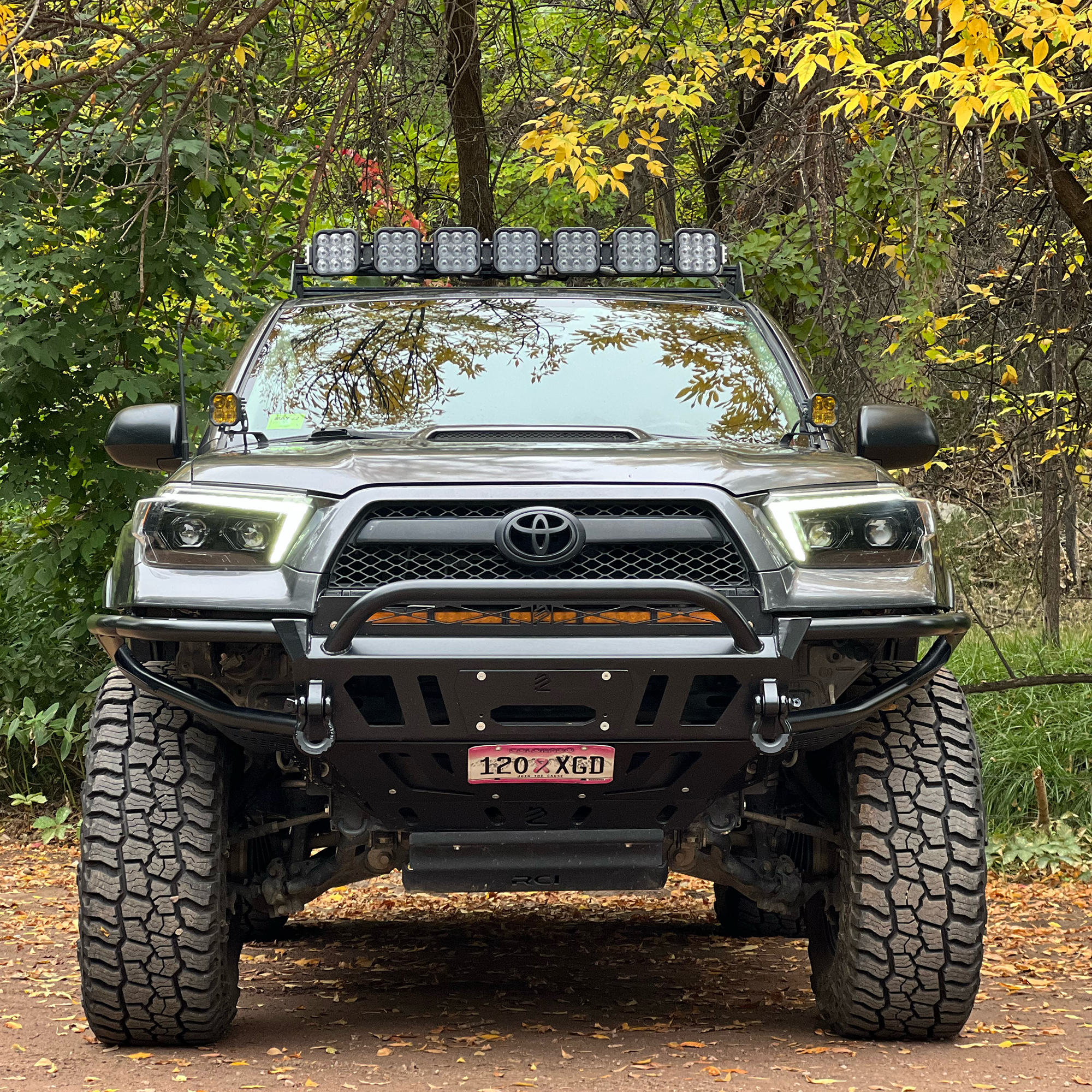
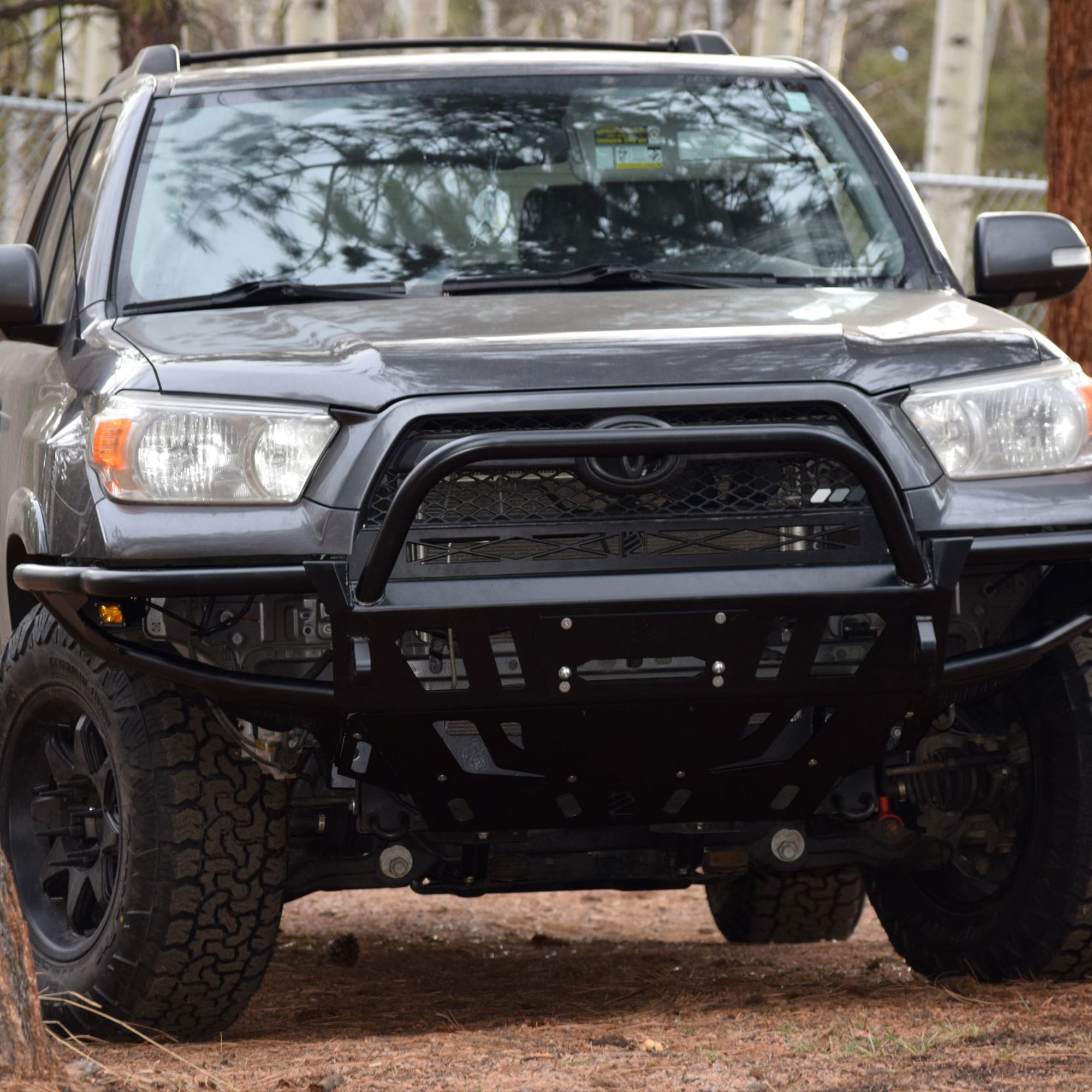
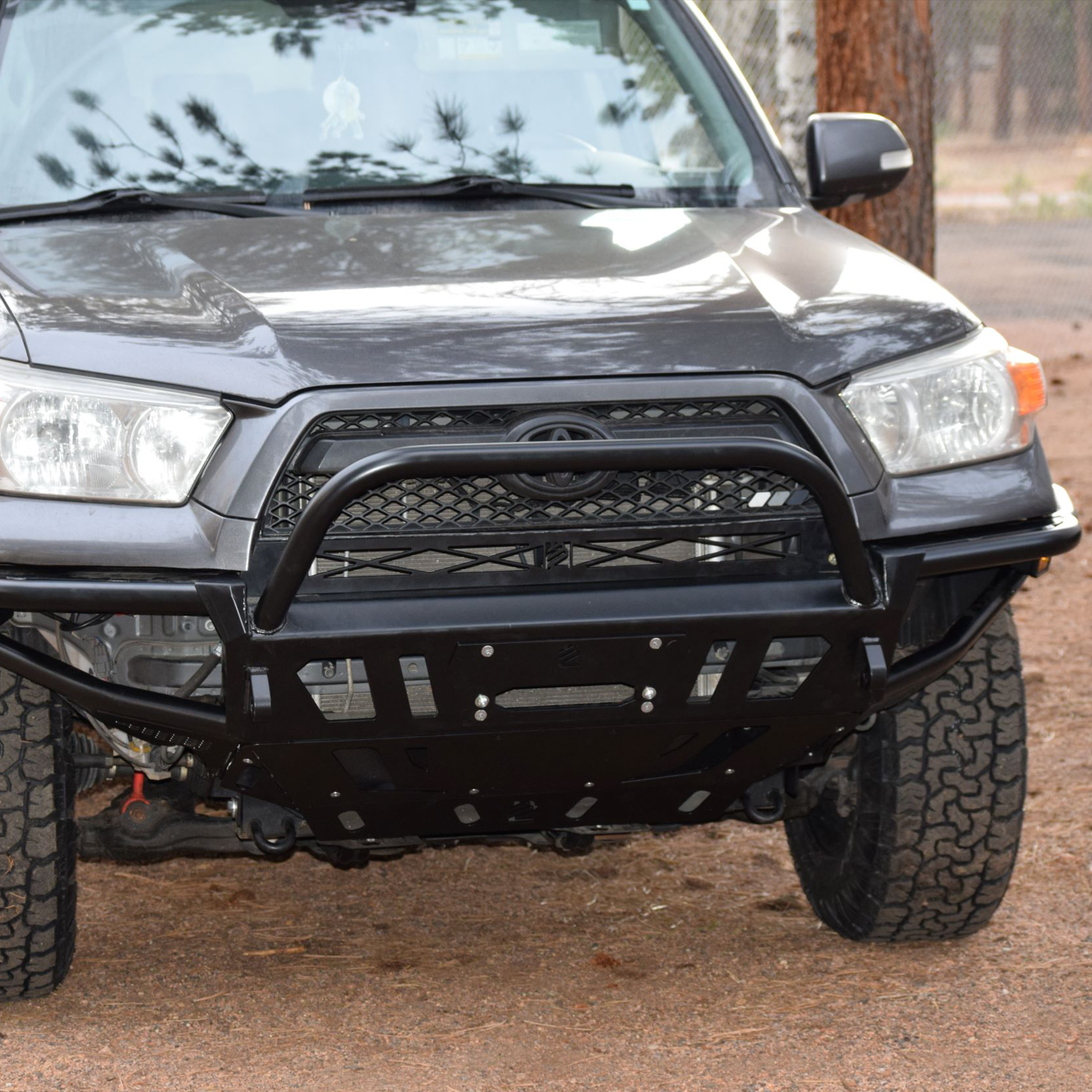
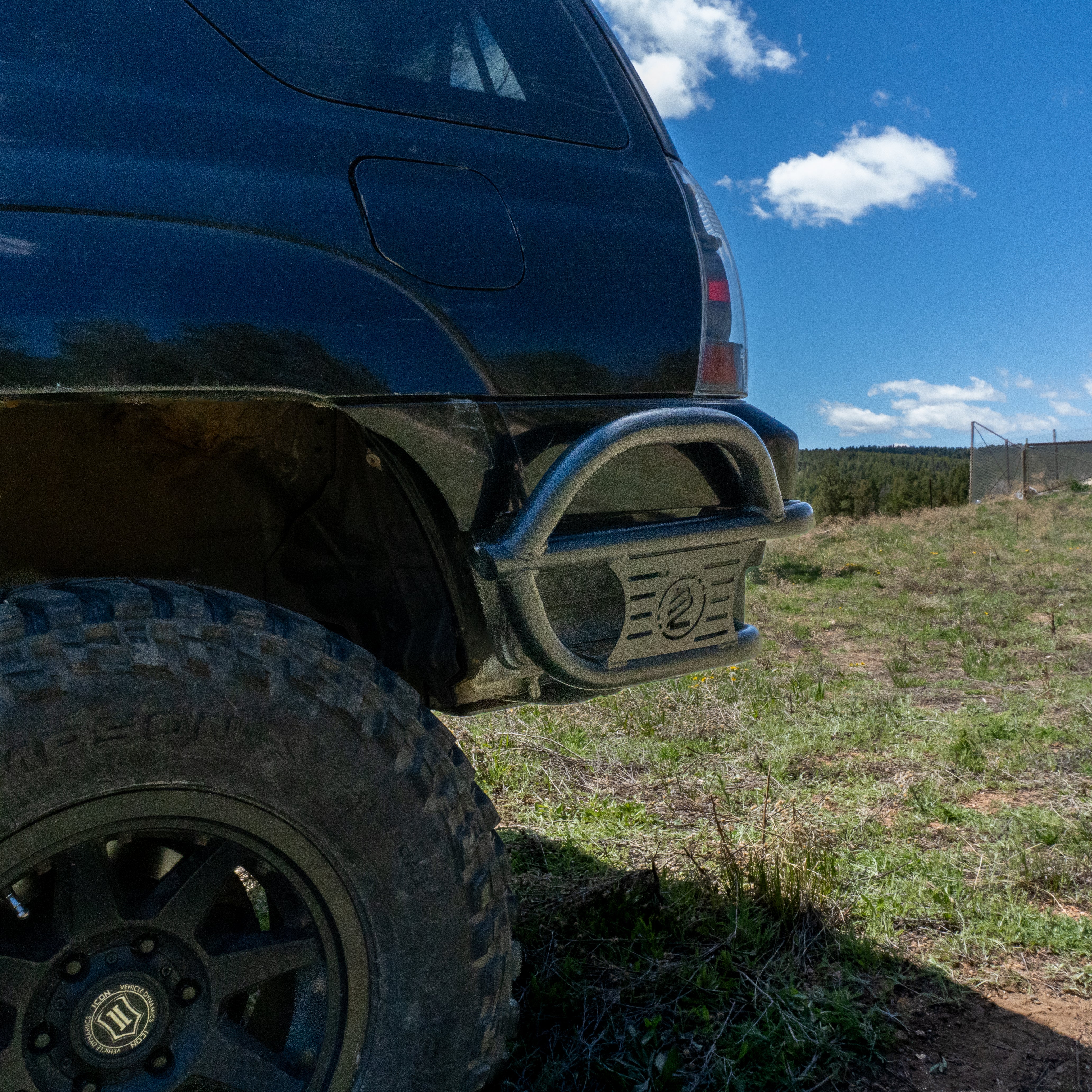
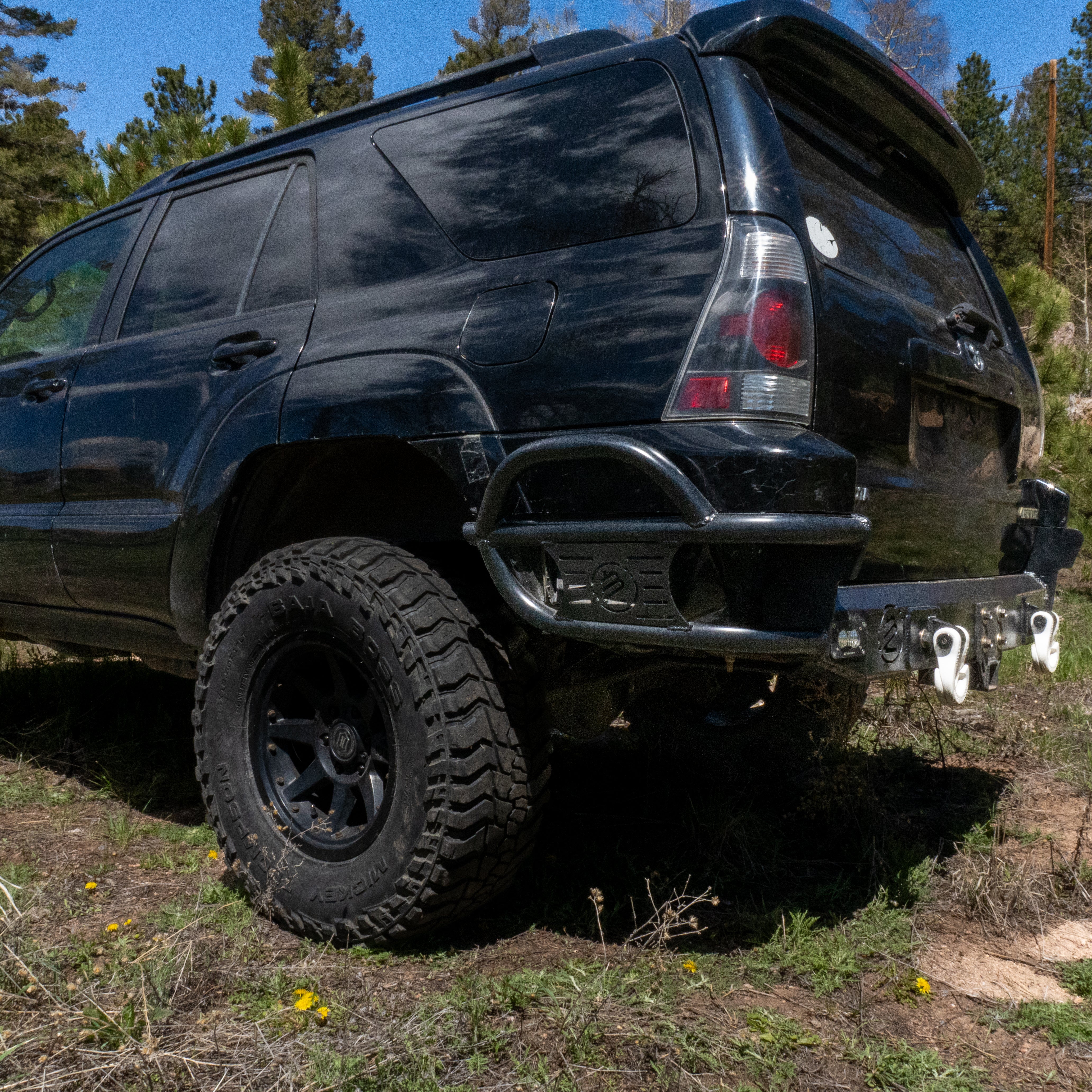
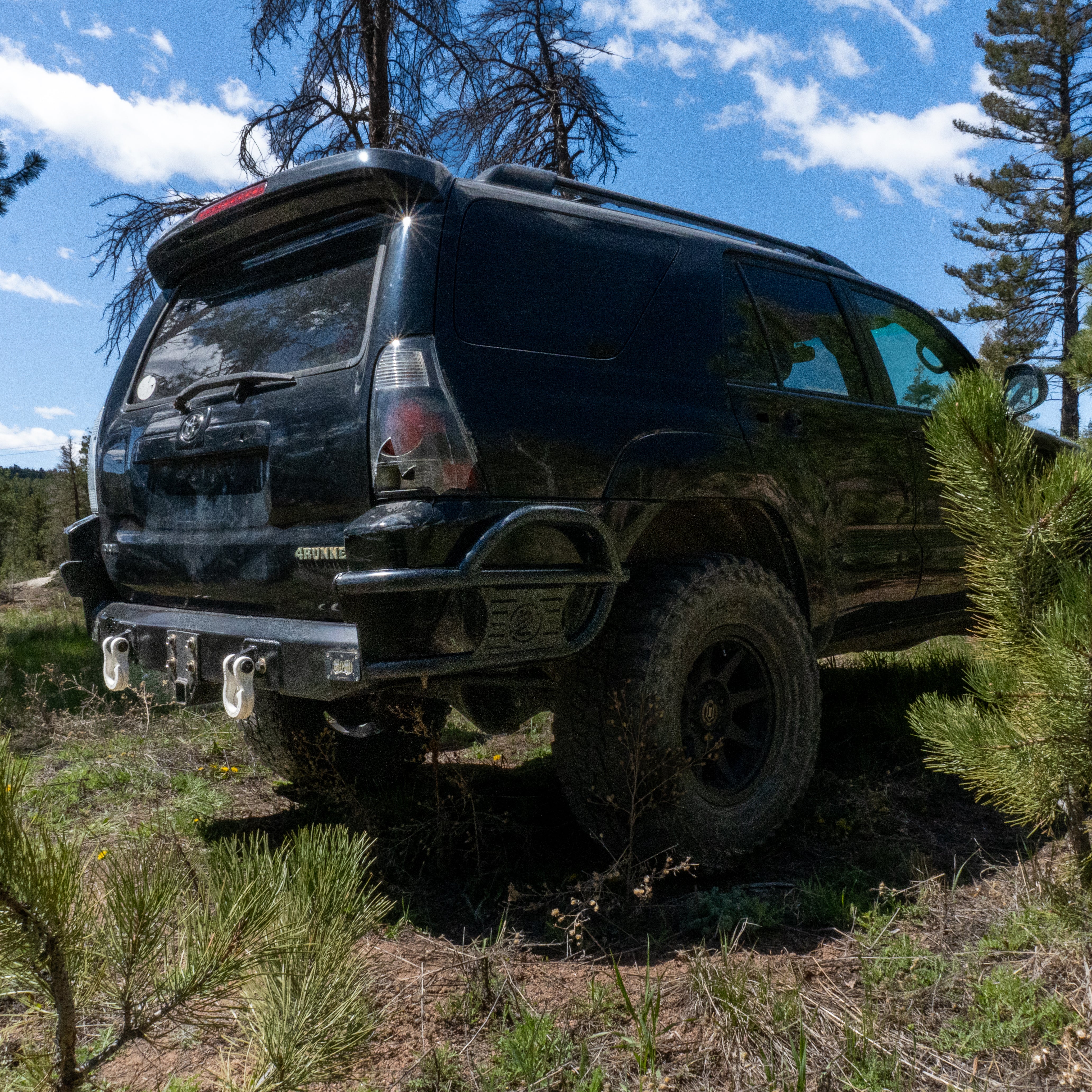
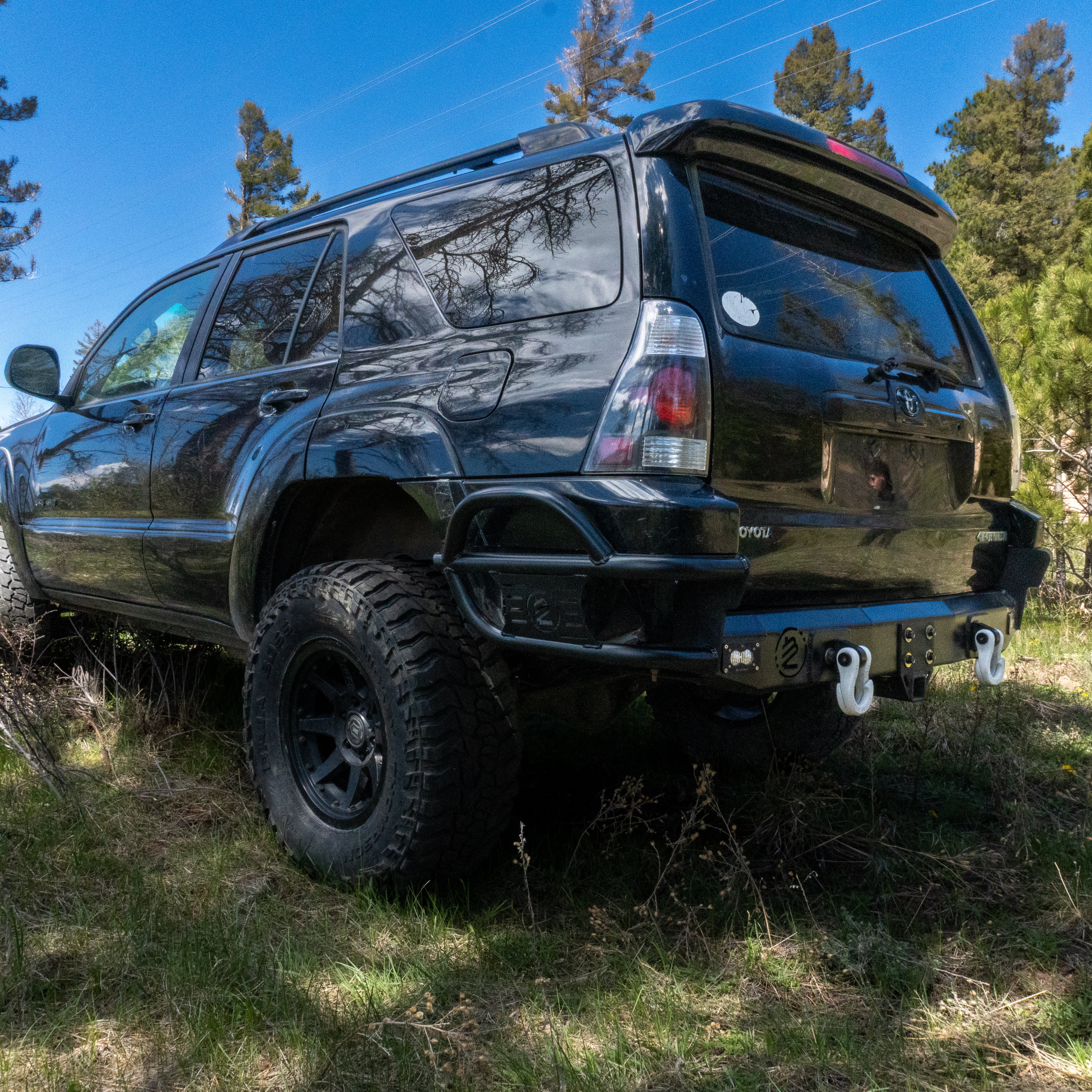
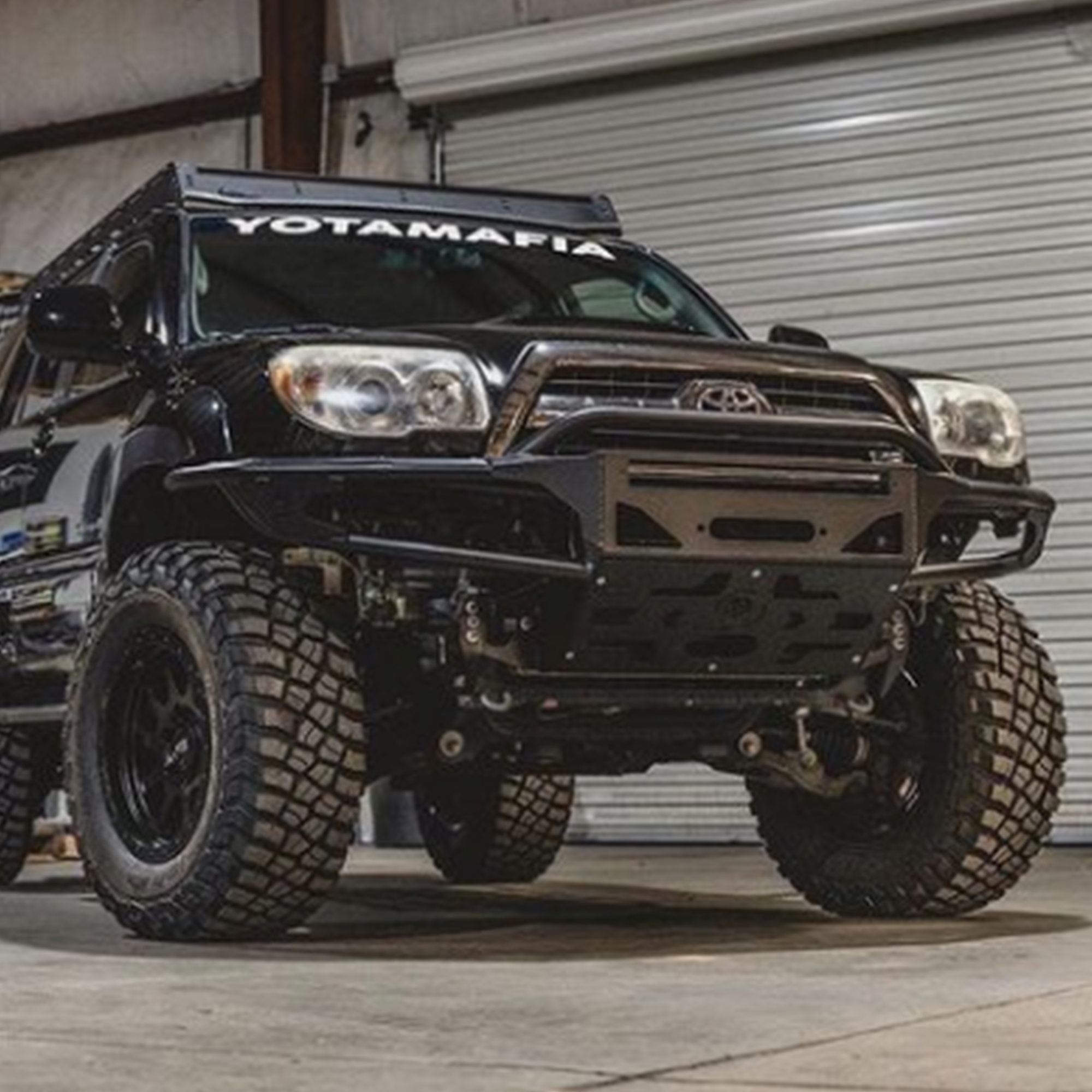
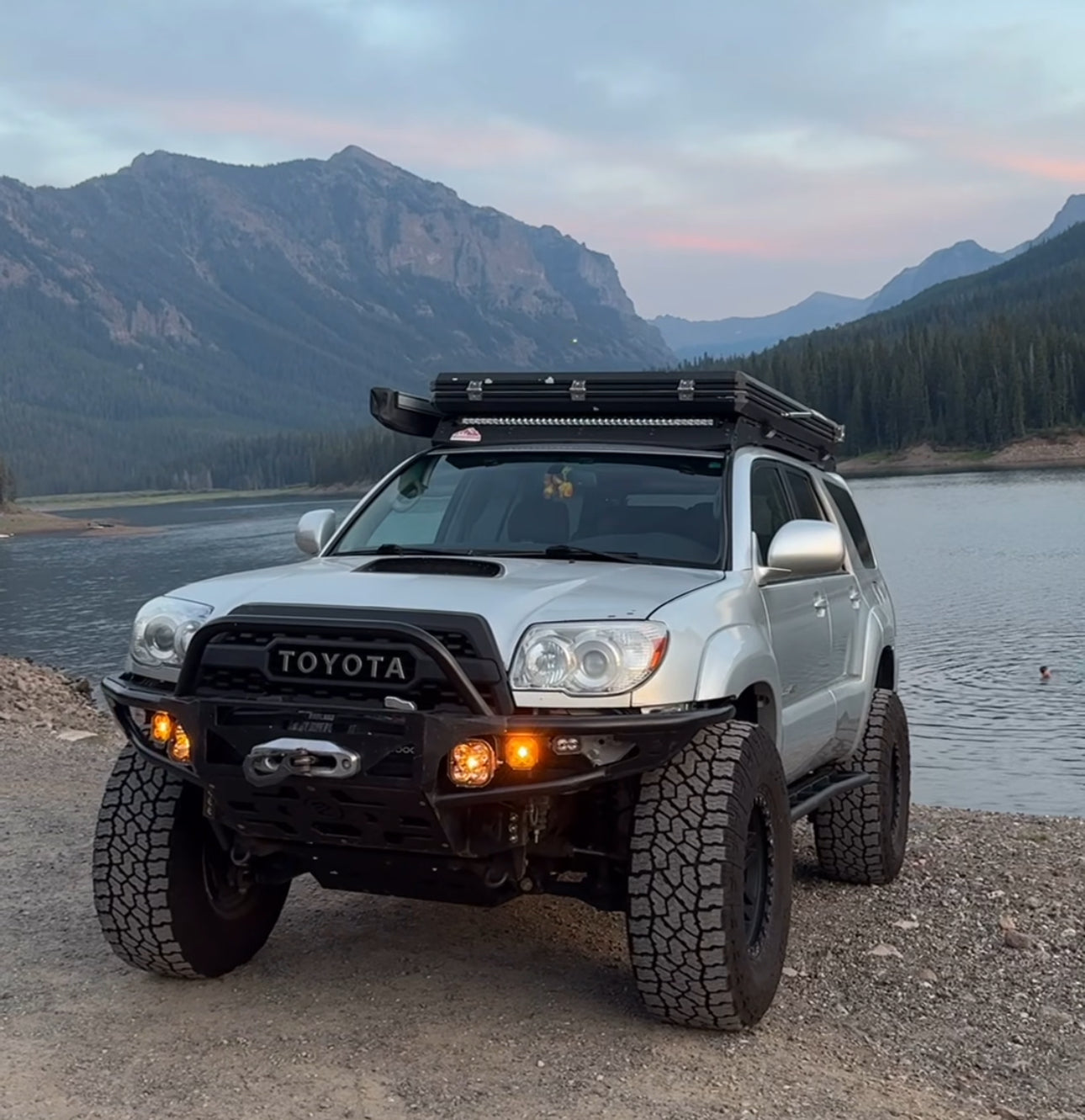
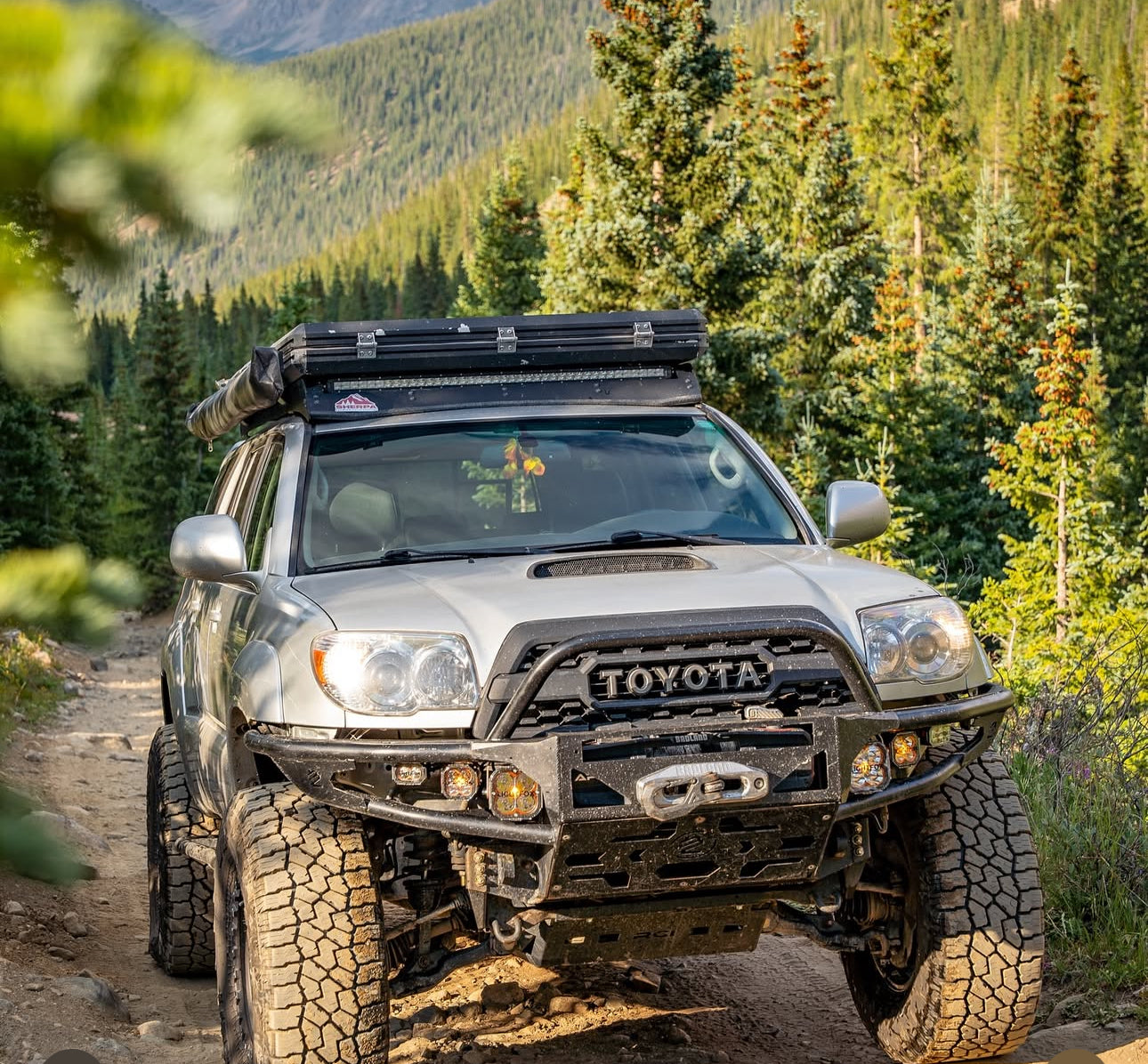
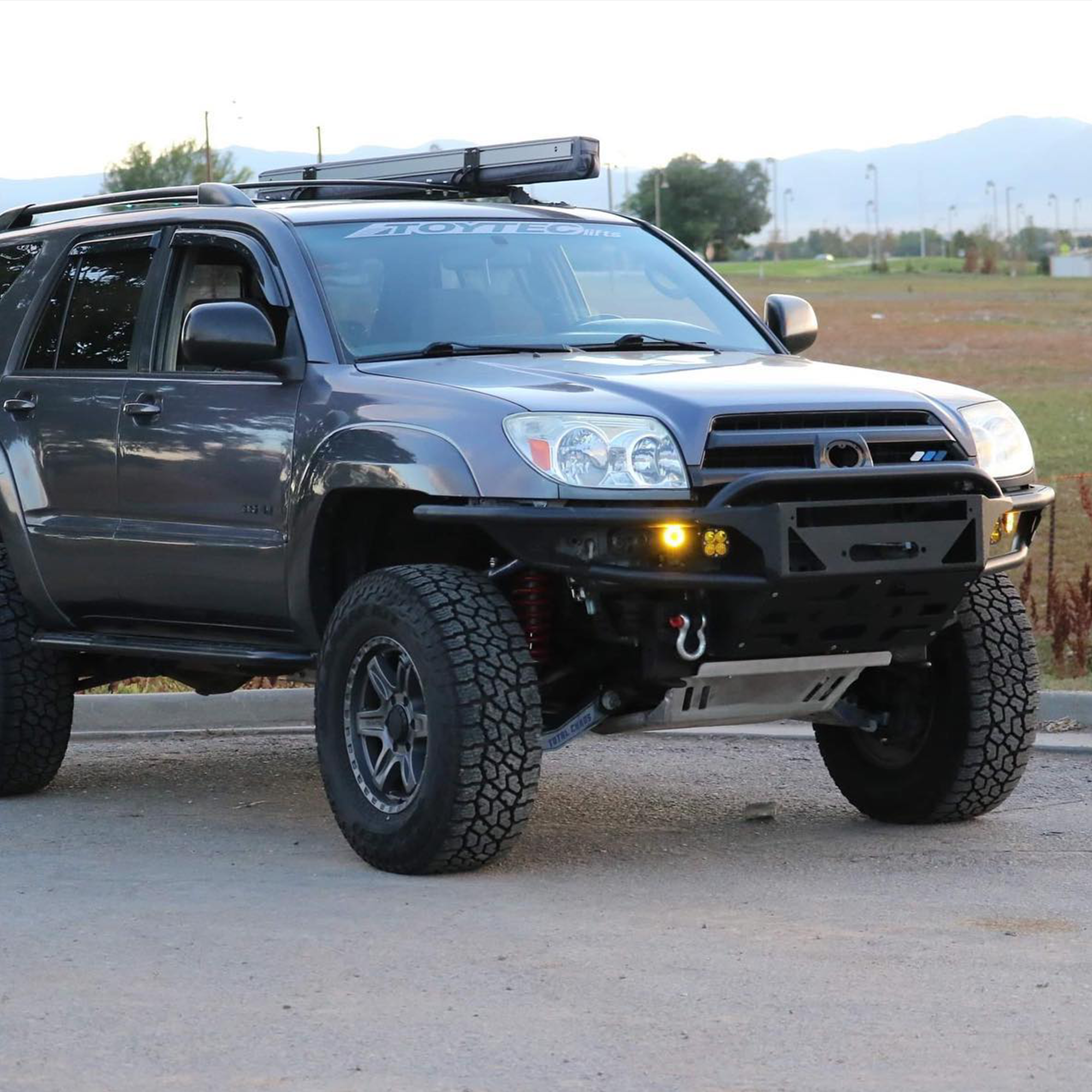
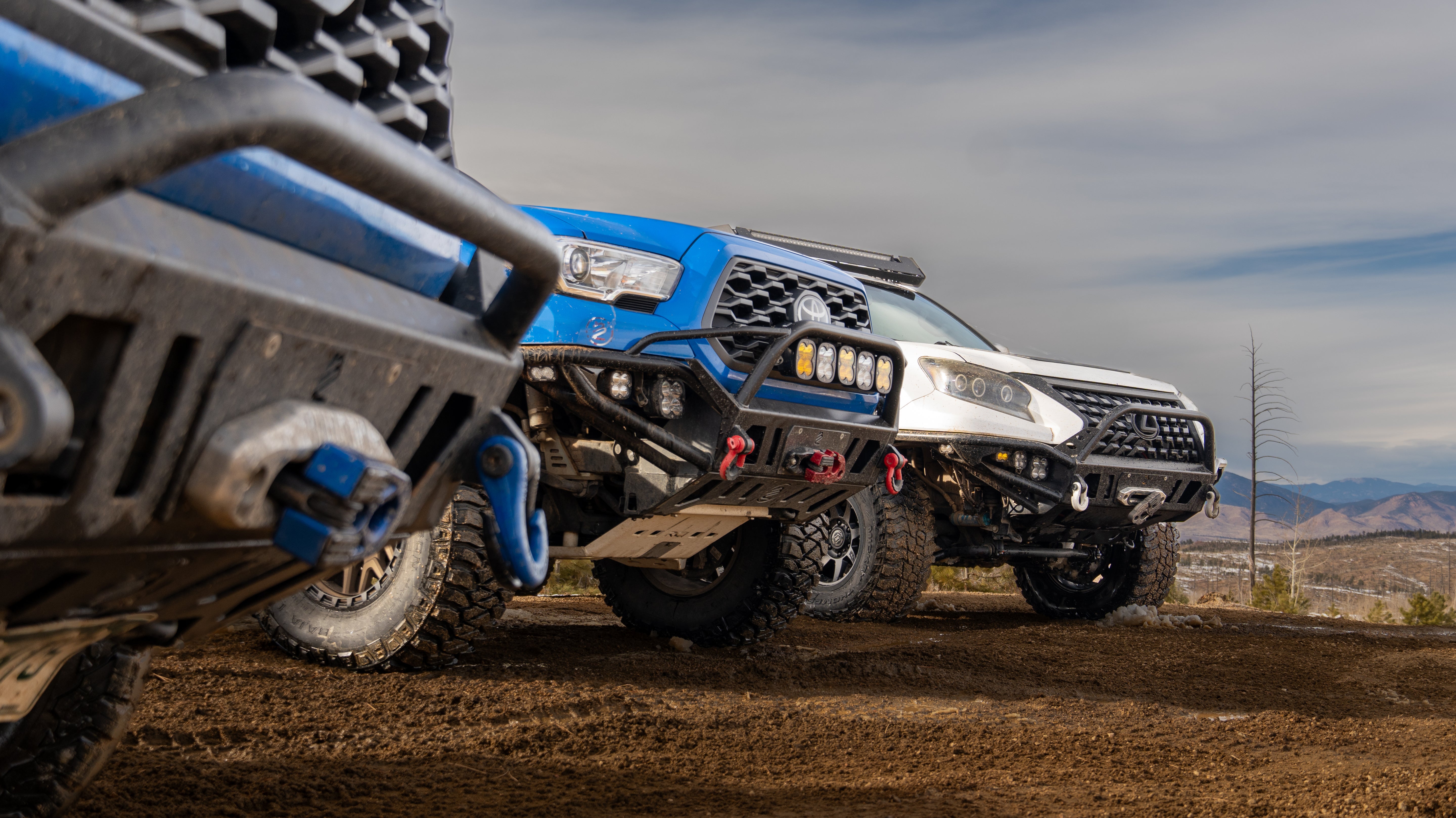
Share:
Discover the Factors That Affect the Cost of Replacing Your 4Runner Bumper
Budgeting for a Toyota Rear Bumper Replacement: Key Factors to Consider